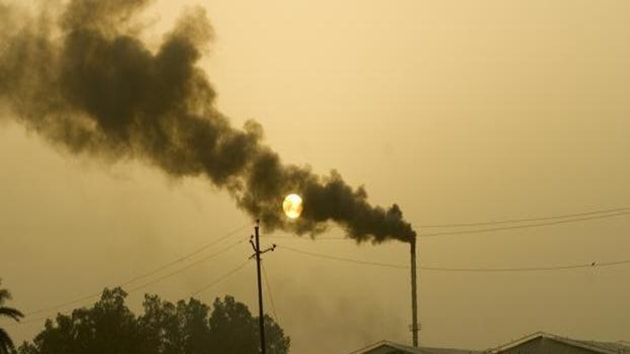Million species at risk of wipeout: Draft UN study
Indeed, biodiversity loss and global warming are closely linked, according to the 44-page Summary for Policy Makers, which distills a 1,800-page UN assessment of scientific literature on the state of nature.
Up to one million species face extinction due to human influence, according to a draft UN report obtained by AFP that painstakingly catalogues how humanity has undermined the natural resources upon which its very survival depends.

The accelerating loss of clean air, drinkable water, CO2-absorbing forests, pollinating insects, protein-rich fish and storm-blocking mangroves — to name but a few of the dwindling services rendered by nature — poses no less of a threat than climate change, says the report, set to be unveiled May 6.
Indeed, biodiversity loss and global warming are closely linked, according to the 44-page Summary for Policy Makers, which distills a 1,800-page UN assessment of scientific literature on the state of nature.
Delegates from 130 nations meeting in Paris from April 29 will vet the executive summary line-by-line.
Wording may change, but figures lifted from the underlying report cannot be altered.
“We need to recognise that climate change and loss of nature are equally important, not just for the environment, but as development and economic issues as well,” Robert Watson, chair of the UN-mandated body that compiled the report, told AFP, without divulging its findings.
“The way we produce our food and energy is undermining the regulating services that we get from Nature,” he said, adding that only “transformative change” can stem the damage.
Deforestation and agriculture, including livestock production, account for about a quarter of greenhouse gas emissions, and have wreaked havoc on natural ecosystems as well.
‘Mass extinction event’
The Intergovernmental Science-Policy Platform on Biodiversity and Ecosystem Services (IPBES) report warns of “an imminent rapid acceleration in the global rate of species extinction.”
The pace of loss “is already tens to hundreds of times higher than it has been, on average, over the last 10 million years,” it notes. “Half-a-million to a million species are projected to be threatened with extinction, many within decades.”
Many experts think a so-called “mass extinction event” -- only the sixth in the last half-billion years -- is already under way. The most recent saw the end of the Cretaceous period some 66 million years ago, when a 10-kilometre-wide asteroid strike wiped out most lifeforms.
Scientists estimate that Earth is today home to some eight million distinct species, a majority of them insects.
A quarter of catalogued animal and plant species are already being crowded, eaten or poisoned out of existence.
The drop in sheer numbers is even more dramatic, with wild mammal biomass -- their collective weight -- down by 82 percent.
Humans and livestock account for more than 95% of mammal biomass.






